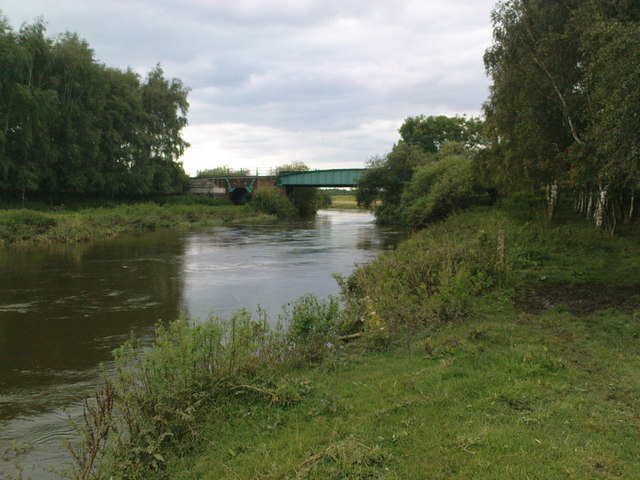Providing evidence on the role of sediment for an Environment Agency trial programme
There is an opportunity to feed directly into a trial programme led by the Environment Agency, which could influence how funding related to channel maintenance for flood protection is allocated and used.
Bishop Dike is a small tributary of the River Ouse that suffers from excessive weed growth and sediment deposits which have a negative impact on water quality and results in costly flood protection maintenance.
The Environment Agency (EA) has started a trial project in Bishop Dike to implement measures that address the problem of too much sediment and nutrient caused by diffuse agricultural pollution. They are reducing input to the system to tackle to source of the problem by implementing different natural flood management and land management techniques. Such measures are routinely used to improve water quality and are likely to not only reduce the risk of flooding but also have wider ecological benefits.
Vital information on the sources of sediment in the catchment is needed for this trial which will be provided by iCASP. Modelling using The Soil & Water Assessment Tool (SWAT) will be carried out to help understand the volume of sediment available from different land parcels and the impact of interventions to reduce sediment in the channel. These findings will be fed into the EA’s report on the trial.
The project will help inform how funding related to channel maintenance for flood protection is allocated and used in the future. This will help create more integrated management approaches.
Partners
Environment Agency
Project Team
David Hodgson (project lead), Helena Brown – University of Leeds
Janet Richardson – iCASP Impact Translation Fellow
Dave Barber – Environment Agency
Duration
July – November 2021

